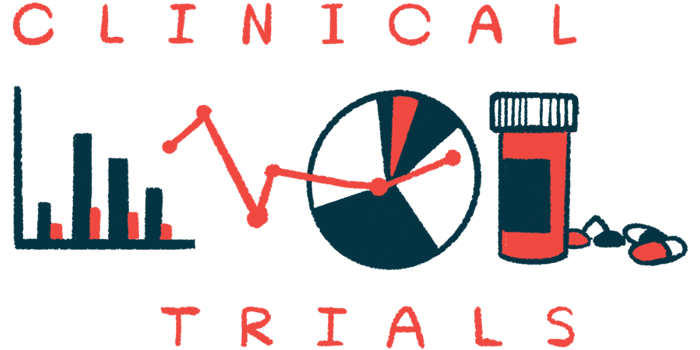Most PNH patients on Empaveli avoid blood transfusions
Analysis of trial data also finds therapy led to long-term easing of fatigue

Over the course of up to three years of treatment with Empaveli (pegcetacoplan), most people with paroxysmal nocturnal hemoglobinuria (PNH) did not require blood transfusions, according to a new analysis of clinical trial data.
The analysis also indicated Empaveli led to long-term easing of fatigue and reductions in markers of red blood cell destruction, with no new safety issues identified.
“This integrated analysis supported [Empaveli] as the first proximal complement inhibitor with sustained long-term efficacy and an established safety profile for PNH,” researchers wrote.
Findings were detailed in the study, “Efficacy and Safety Maintained up to 3 Years in Adults with Paroxysmal Nocturnal Hemoglobinuria Receiving Pegcetacoplan,” which was published in Advances in Therapy. The work was funded by Empaveli’s developers, Apellis Pharmaceuticals and Sobi.
Blood transfusions are common for PNH patients
PNH is marked by the abnormal activation of part of the immune system called the complement cascade, which leads to hemolysis, or red blood cell destruction. Blood transfusions are commonly given to resupply red blood cells and help ease symptoms of anemia (low red blood cell counts), such as fatigue.
Empaveli blocks the activation of the complement cascade by targeting a protein called C3. The therapy, which is administered by an under-the-skin, or subcutaneous, infusion twice weekly, is approved in the U.S. to treat adults with PNH. It’s also authorized in Europe, where it’s sold under the brand name Aspaveli.
Approvals of Empaveli were based mainly on data from two Phase 3 clinical trials. One study, PRINCE (NCT04085601), enrolled 53 adults with PNH who had never before been on a complement-inhibiting therapy. The other trial, PEGASUS (NCT03500549), enrolled 80 adults with PNH who had previously been on Soliris (eculizumab), a complement inhibitor therapy formerly approved for PNH that works by targeting a complement protein called C5.
Data from the two Phase 3 trials broadly indicated Empaveli treatment rapidly reduced markers of hemolysis, eased anemia, and lessened fatigue, with most patients not requiring blood transfusions.
Fatigue scores improved soon after Empaveli was started
After the original studies ended, participants had the option to enroll in an open-label extension study (NCT03531255) in which they’re all are being treated with Empaveli and monitored for long-term outcomes.
For this analysis, the researchers reported on long-term data from that study, with a total follow-up of up to three years for patients who’d been in PEGASUS and of 2.5 years for those who’d been in PRINCE.
Results showed that markers of anemia and hemolysis rapidly improved within the first few weeks after starting on Empaveli, and then remained mostly stable in subsequent years.
Fatigue scores similarly tended to improve soon after Empaveli was started, then remain stable over years on the therapy. The researchers noted that average fatigue severity scores reported by patients on long-term Empaveli were comparable to average scores for the general population of people who don’t have PNH.
Data also showed most patients did not require blood transfusions while on Empaveli. While there was some variation in transfusion rates from year to year, in all years assessed, at least 70% of patients did not require blood transfusions.
Over the course of follow-up, 28% of patients experienced breakthrough hemolysis, that is, new hemolysis events despite treatment. About half of the cases were severe, with most patients who experienced breakthrough hemolysis having only one such event over the course of follow-up.
Sound and sustained efficacy was observed with [Empaveli] in C5 inhibitor-experienced and -naive patients with PNH.
Thrombosis — dangerous clotting events, which were historically a leading cause of death in PNH — occurred in four times in three individuals, but none of those events were deemed to be related to treatment, nor were they fatal.
“In summary, sound and sustained efficacy was observed with [Empaveli] in C5 inhibitor-experienced and -naive patients with PNH,” the researchers wrote.
Safety data from the long-term study were generally consistent with the known safety profile of Empaveli. Common side effects included infections, headache, and diarrhea. Six serious side effects related to Empaveli were reported, including infections and facial paralysis. Five people died during the study, but none of the deaths were deemed to be related to the therapy.
About a third of patients reported experiencing injection site reactions, though the researchers noted that injection reactions became less common over several years of follow-up.
Collectively, the results “support [Empaveli] as the first proximal complement inhibitor with maintained efficacy and an established safety profile in a broad population of patients with PNH,” the scientists wrote.









